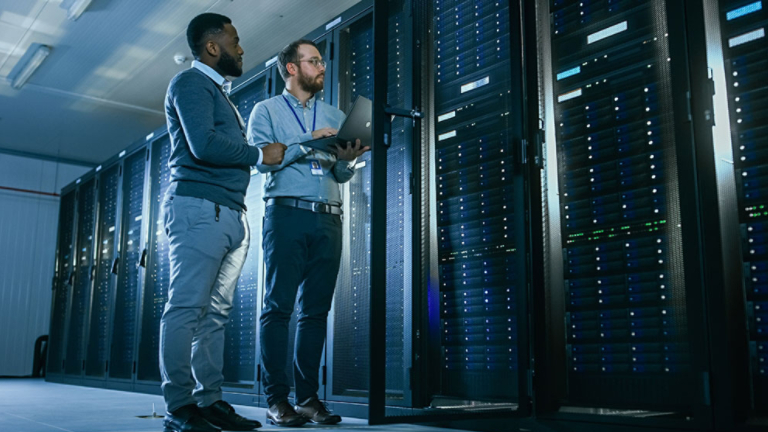Glossary
Direct-to-Chip Cooling
Learn what direct-to-chip cooling is, how it works, and why it's beneficial for data centers.

Quick Facts
- Industry
- Data Centers

Selecting a language changes the language and content on the Trane site.
Trane ComfortSite is an extranet site designed to save you time. With your secure login, you can:
This is the login for Trane® Connect™ and other Trane® commercial applications. Trane® Connect™ is our secure, cloud-based customer portal to access your building systems to remotely monitor and manage building systems, and conduct routine maintenance.
Latin America
Europe
Asia Pacific
Glossary
Learn what direct-to-chip cooling is, how it works, and why it's beneficial for data centers.

Quick Facts

Direct-to-chip (D2C) cooling, also known as direct-to-plate cooling, cold plate cooling, or direct chip cooling, is an advanced thermal management technology that cools microprocessors by running liquid coolant directly on the surface of the chip. It's a type of liquid cooling specifically designed to remove heat from high-performance computing (HPC) systems in data centers.
The direct-to-chip cooling process works through these steps:
Cold Plate Attachment: A cold plate, which contains channels for coolant flow, is attached directly to the surface of a heat-generating component, such as a central processing unit (CPU) or graphics processing unit (GPU). The plate is made from a thermal interface material designed to conduct heat from the chip to the cold plate.
Coolant Circulation: A dielectric fluid (a non-electrically conductive liquid) is circulated through the cold plate. The fluid absorbs heat from the chip as it passes through the channels in the cold plate.
Heat Dissipation: The heated coolant flows to a heat exchanger or coolant distribution unit (CDU), where the heat is transferred to another medium (air or water) for cooling. CDUs come in two main configurations:
Liquid-to-Air (L2A) CDU: Uses fans to cool the liquid before recirculating it.
Liquid-to-Liquid (L2L) CDU: Uses facility water for cooling.
Coolant Recirculation: The cooled liquid is then pumped back to the cold plates to repeat the cooling cycle. A circulator or pump ensures continuous movement of the coolant.
There are generally two modes of delivering cooling in direct-to-chip systems:
Single-Phase: The coolant remains in a liquid state throughout the cooling process.
Two-Phase: The coolant changes to vapor and condenses back to liquid. Two-phase cooling adds more complexity to the system and has a greater heat absorption capacity.
Modern data centers generate a lot of heat. Direct-to-chip cooling is more efficient than traditional air cooling, which is becoming inadequate for these demanding environments. Improving the energy efficiency of data centers can help the organizations operating them achieve their long-term sustainability goals.
D2C cooling is usually quieter than running air-cooling systems, which can be a benefit in more populated areas.
It also enables higher server densities in racks, optimizing data center space.
Lower operating temperatures maintain the reliability and longevity of hardware and prevent performance degradation. Components can operate at higher clock speeds without overheating.
Resources for Direct-to-Chip Cooling
Direct-to-chip cooling can be integrated into existing server designs, minimizing disruptions. To determine if D2C cooling is the best choice for your data center, contact your local Trane representative.
